This is our last filmmaking books column in 2023, and it’s a good one. Plus, you can watch for even more gems from recent months in our companion column running next month. As always, thanks for reading and supporting so many great authors and artists.
Opposable Thumbs: How Siskel & Ebert Changed Movies Forever by Matt Singer (G.P. Putnam’s Sons)
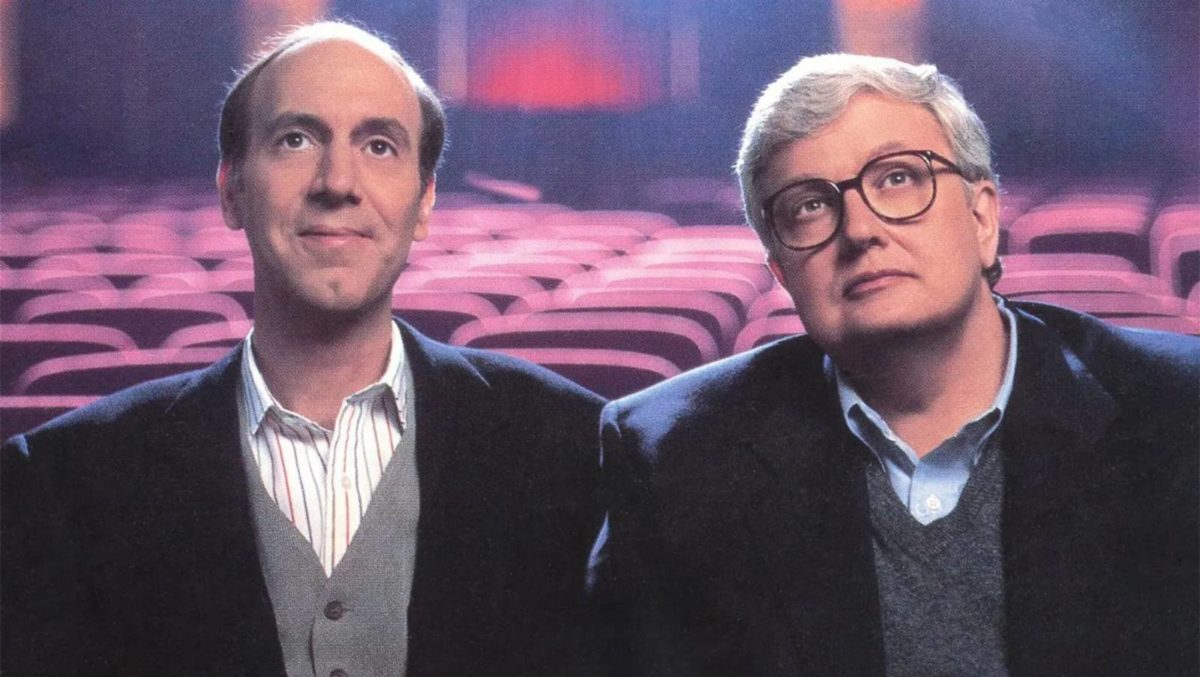
As an adolescent in the early 1990s, one of my Sunday night rituals was recording that week’s episode of “Siskel & Ebert”––it aired late-night in Buffalo, NY––and watching it the following day. The internet was in its infancy, so the reviews of Gene Siskel and Roger Ebert were both a lifeline to what was happening in film and a cinematic education. It is no exaggeration to say that I learned how to discuss movies thanks to Gene and Roger. For my generation, then, the release of Matt Singer’s Opposable Thumbs: How Siskel & Ebert Changed Movies Forever is a major and long-awaited event. And my goodness, it lives up to the hype. Singer has crafted a book that serves as a tribute to the duo who brought film criticism to the masses, shares oodles of unknown details about their friendship and rivalry, and is both entertaining and moving. “The final movie Gene Siskel and Roger Ebert ever reviewed together was The Theory of Flight,” Singer writes. “Siskel and Ebert disagreed to the very end––to the very last review on their very last show.” This is an essential book, and the one Gene and Roger deserve.
Unleashing Oppenheimer by Jada Yuan (Insight Editions)
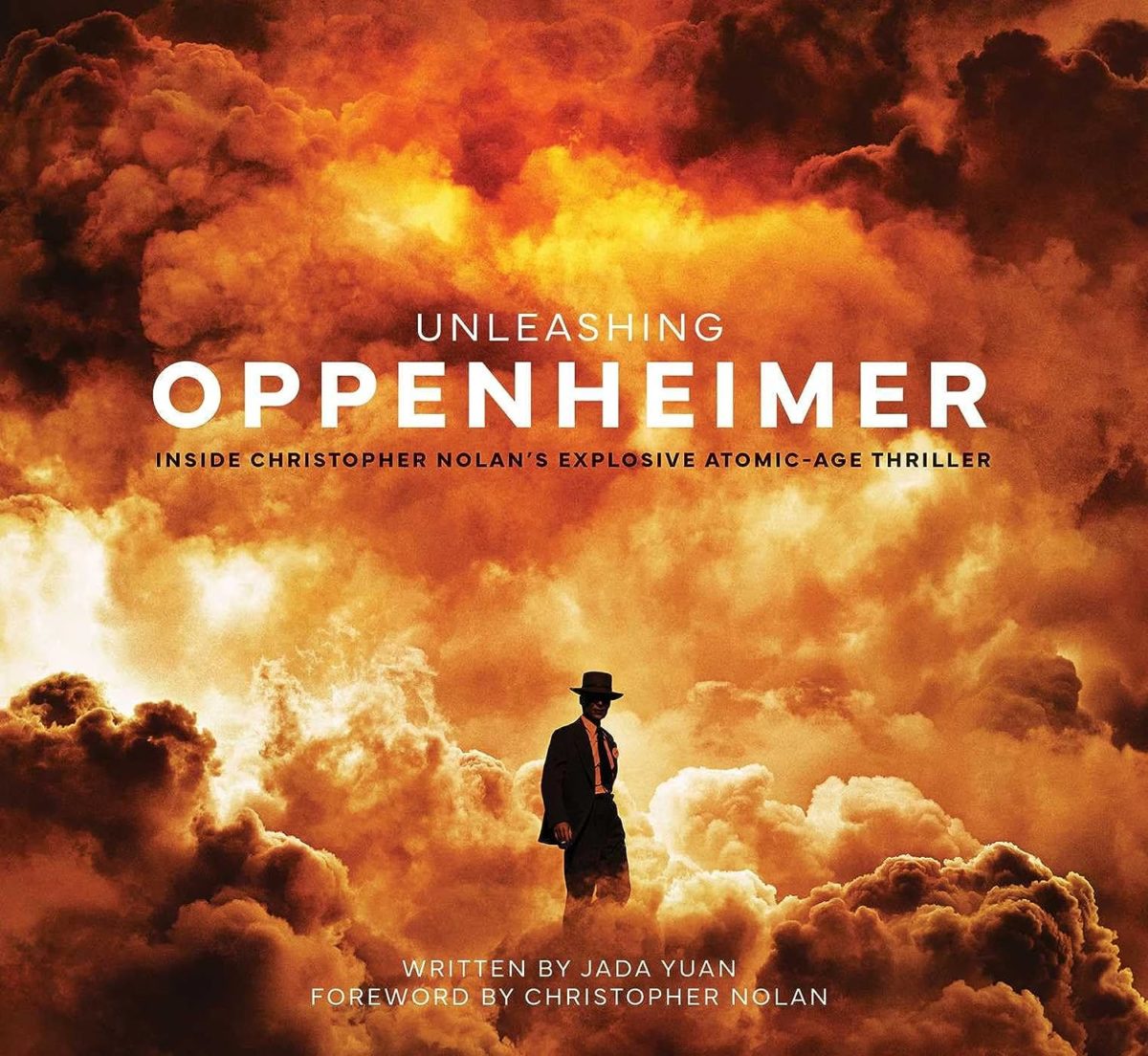
Like Christopher Nolan’s Tenet, his latest work Oppenheimer has inspired a large-scale, deep-dive coffee table book from Insight Editions. Unleashing Oppenheimer is a worthy companion to Nolan’s widely-acclaimed blockbuster, offering insight into story and casting decisions. And as Nolan himself points out in his foreword, author Jada Yuan was the right choice for tackling the complexities involved with bringing a complicated figure’s story to life. “That our process, with its many stages and (trivial) echoes of the actual Manhattan Project, is detailed in these pages with great care by a former resident of Los Alamos who has family ties to Oppenheimer himself is both fitting and typical of the many connections everyone involved in Oppenheimer found through this incredible real-life tale.”
My First Movie: Vol. 2: Spaghetti Westerns, Hollywood Musicals, and Yakuza Movies by Cory Everett (Cinephile LLC)

The makers of Cinephile: A Card Game and A is for Auteur, a delightful picture book for young readers, have a new learning tool for little ones. Badass little ones, that is. Written by Cory Everett and illustrated by Julie Olivi, this new trio is written with wit and visually glorious. Yakuza Movies features entries like “tokyo drifters” and “syndicates,” while Spaghetti Westerns includes “men with no name” and “a dish that’s best served cold.” And Hollywood Musicals has lovely representations of “cheek to cheek” and “life is a cabaret.” My First Movie: Vol. 2 is a starter kit for budding film freaks––and it’s certainly a pathway to cool mom/dad status.
New from A24: Euphoria Fashion and collector’s edition Blu-rays
Our friends at A24 continue to release lovingly crafted books and Blu-ray packages. At the top of the list is Euphoria Fashion, a nearly 300-page, hardcover study of Heidi Bivens’ designs for the controversial HBO smash. The book is a stunner––carefully curated and bursting with inspiration. It is a reminder that the best elements of Euphoria are, without question, the designs of Bivens and the performances of the spellbinding Hunter Schafer and Zendaya. It is fascinating to read Bivens’ analysis of the meaning behind the characters’ looks, especially Schafer’s Jules: “After Jules returns from her runaway trip to the ‘city,’ she thinks about a life beyond high school,” Bivens writes. “As Jules becomes more contemplative, her clothing choices reflect a more meditative state of mind. While her spirit still shines brightly, there is a darker thread woven into her style as she navigates experiences of pain and love.” Also available from A24 are lovely collector’s editions of The Green Knight, The Lighthouse, and Everything Everywhere All at Once, as well as a Blu-ray of Aftersun featuring a series of Polaroid-style collectible postcards.
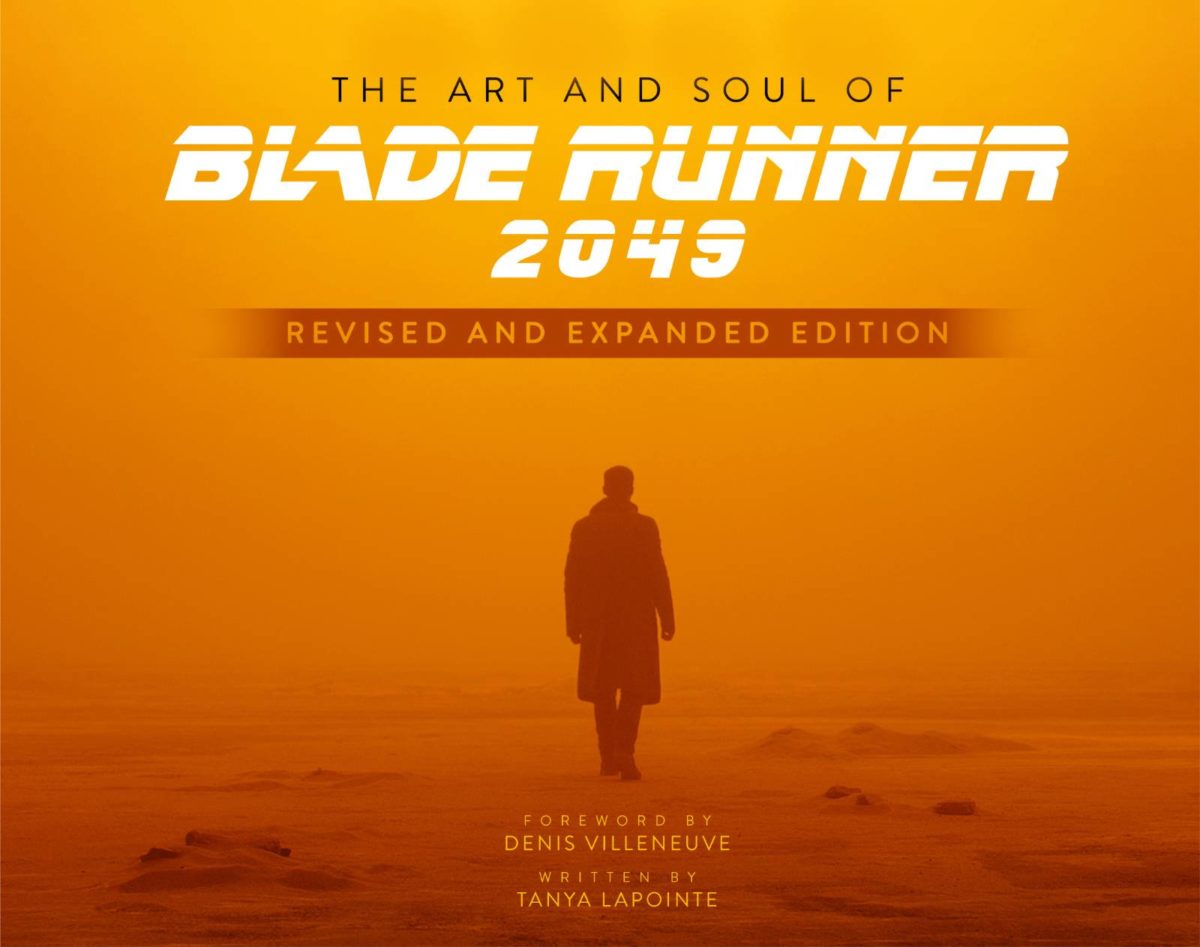
Noteworthy new art books include The Art and Soul of Blade Runner 2049 (Revised and Expanded Edition) (Titan Books; by Tanya Lapointe and Simon Ward), which offers even more concept art and stills from Denis Villeneuve’s epic Blade Runner sequel, and Foundation: The Art and Making of Seasons 1 & 2 (Titan Books; by Mike Avila), an exploration of Apple TV’s Isaac Asimov adaptation. Much of the new content added to the Blade Runner: 2049 book is centered on the sequences featuring haunting replicant Rachael, including behind-the-scenes photos of original Blade Runner star Sean Young and DP Roger Deakins.
We close our geek roundup with Out There: The Science Behind Sci-Fi Film and TV by Ariel Waldman (Running Press), which discusses various sci-fi films and series in order to ponder important questions: Should spaceships be sentient? Will the red planet be ripe for farms? Could we survive the death of our Sun? And can we sleep our way through long space journeys? As Waldman cautions, “nearly all the versions [of hibernation pods] that appear in sci-films and TV shows have one thing in common: something goes horribly, irrevocobalty wrong.”
Quick hits
Since this is our last column of 2023, let’s take a brief run through some new and recent releases you should know about.
Welcome to the O.C: The Oral History (Mariner Books) by Alan Sepinwall features the reflections of Josh Schwartz, Stephanie Savage, and the cast of the much-loved Fox drama. This is a telling account of how a trend-setting series came to be, and also how network pressures diluted its impact. The central cast members––Rachel Bilson, Adam Brody, Ben McKenzie, Peter Gallagher––share involving stories. The star who is most compelling, though, is Mischa Barton, who was clearly railroaded by the network. This is a must-read for anyone who adored (and perhaps still watches) The O.C.
We’re Not Worthy (1984) by Jason Klamm offers a thorough guide to nineties sketch comedy. This means plenty of Saturday Night Live, The State, and Mr. Show, but also House of Buggin’, The Tracey Ullman Show, and The Dana Carvey Show. There are some great stories here, such as Robert Smigel’s description of the aborted “Hans and Franz” film (a musical!) that would’ve co-starred Arnold Schwarzenegger. Klamm clearly relishes sharing these tidbits, and the book is another impeccably designed item from publishers 1984.
Arnold Schwarzenegger himself is the author of one of our selections, Be Useful: Seven Tools for Life (Penguin Press). The book is a fine companion to Arnold’s daily email newsletter, filled with genuinely helpful life tips. Be Useful also touches on his youth, his career in Hollywood, and his time as governor. Here’s a killer movie tale for you: Schwarzenegger explains that studios could not conceive of Twins as a successful concept, leading to the actor, Danny DeVito, and director Ivan Reitman taking back-end deals. The result? “Twins is still the movie I made the most money on in my entire career.”
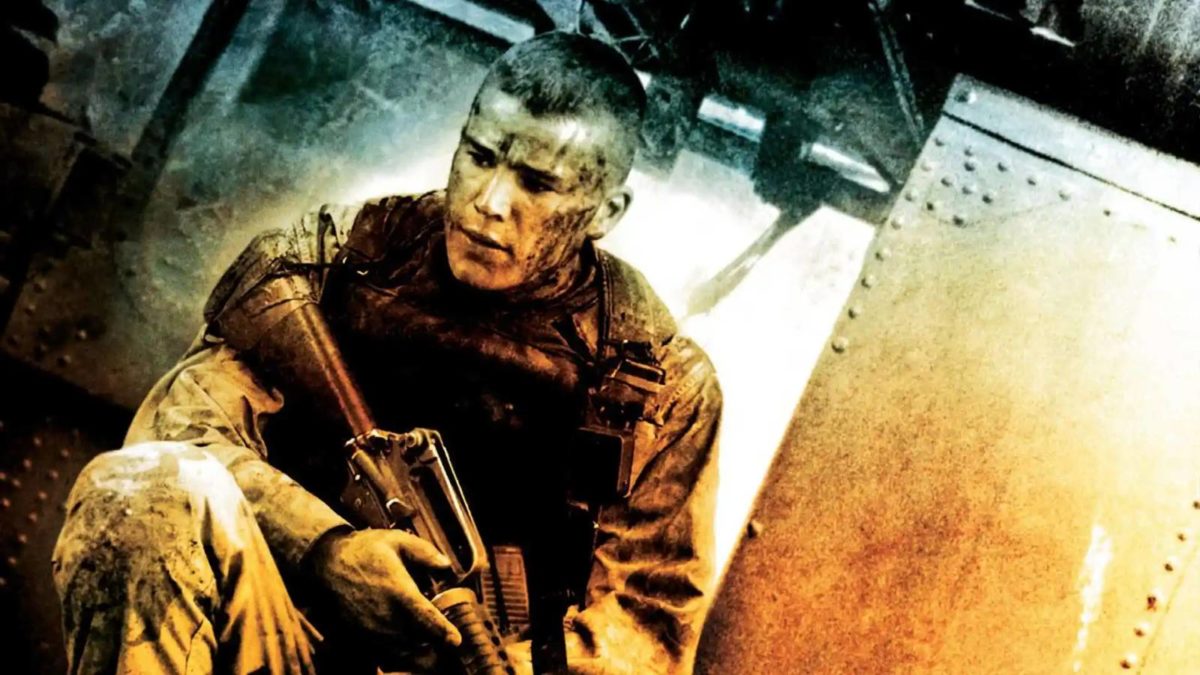
The mighty David Thomson is back with The Fatal Alliance: A Century of War on Film (Harper), a typically excellent analysis of war movies. No one wrestles with the complexities of cinema quite like Thomson; his chapter on Ridley Scott’s Black Hawk Down and its “absurd grace” is remarkable. “I have seen Black Hawk Down half a dozen times,” Thomson writes. “I do not watch it because I support war, or recognize it as a trenchant antiwar statement. But something is gratified by the film’s resolve to make shape out of disorder.”
Horror Unmasked: A History of Terror From Nosferatu to Nope (Quarto) by Brad Weismann offers a straightforward guide to the horror genre, even including some surprise entries like Mother! and Funny Games. Halloween is of course featured in Horror Unmasked, including David Gordon Green’s recent Halloween trilogy. The latter films are the focus of Halloween: The Official Making of Halloween, Halloween Kills, and Halloween Ends (Titan Books). Author Abbie Bernstein’s text includes some useful insights from Green, specifically his motives with the controversial Kills and Ends. “I felt like we’d invited the entire town of Haddonfield into the story,” he explains, “and I wanted more of a satisfying conclusion for Haddonfield.” As for The Wicker Man, there is no debating the satisfaction level of Robin Hardy’s 1973 folk-horror classic. This study of ritual and sacrifice is the subject of The Wicker Man: The Official Story of the Film (Titan Books) by John Walsh. Behind-the-scenes tidbits are compelling (“two complete Wicker Men were erected” for the film’s wild conclusion), and Walsh vividly explains why Hardy’s masterpiece continues to make an impact.
Actress, artist, and pop phenomenon Julia Fox made headlines prior to the release of her memoir, Down the Drain (Simon & Schuster), by calling the book “a masterpiece.” Well, guess what? It’s very, very strong––funny, authentic, and genuinely affecting. “I’m reclaiming my body and rejecting the notion that I exist only to be visually appealing,” Fox writes. She has more than earned that right.
The TCM books released by Running Press are always fun, and Christmas in the Movies (Revised & Expanded Edition): 35 Classics to Celebrate the Season (Turner Classic Movies) is no exception. The expected films are included, but so are The Apartment, 1994’s Little Women, and 2005 French film Joyeux Noel. Another solid selection for movie buffs is “You Talkin’ to Me?” The Definitive Guide to Iconic Movie Quotes (Workman Publishing) by Brian Abrams. Any movie quote collection that includes “Pain don’t hurt” is a winner in my book. “Dalton’s gutsy retort articulates the zen master at his core and hints at the film’s overall spirit of rugged individualism,” Abrams writes.
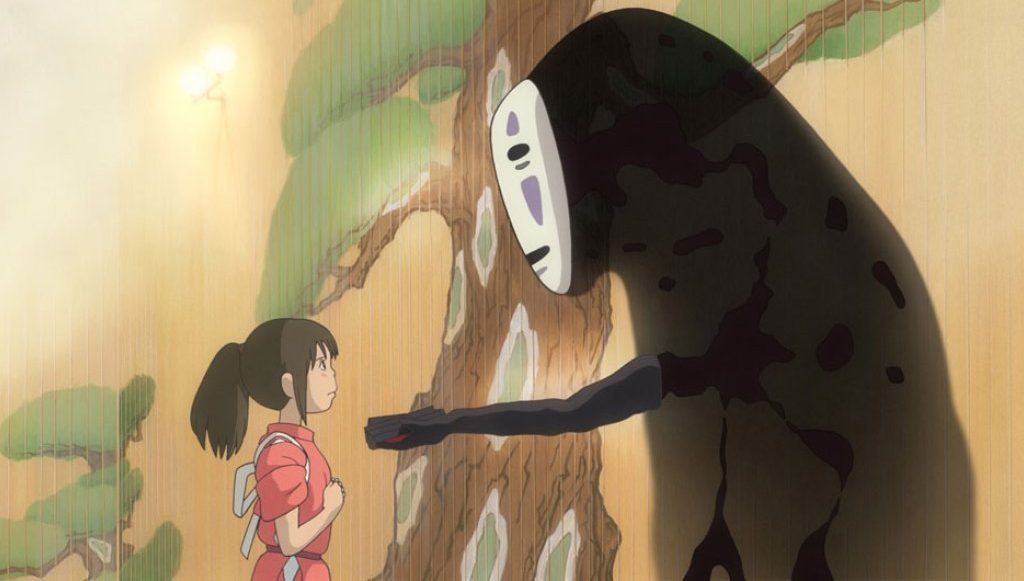
Teen Movies: A Century of American Youth (Wallflower) by Timothy Shary is an informed and ultra-inclusive discussion of films focused on the teenage experience; his consideration of Generation Z entries features everything from Eighth Grade to the Diary of a Wimpy Kid films. Similarly, the second edition of Anime: A History (BFI) by Jonathan Clements includes Studio Ghibli and Akira, but also looks at the seeds of the genre in Japanese animation of the forties, fifties, and sixties, as well as some obscure selections from the seventies and eighties. Clements’ text is full of insights, and works as both a starter guide for movies and a serious history book for anime scholars.
Lastly, in You Are What You Watch: How Movies and TV Affect Everything (Workman), Pulitzer Prize-winning author Walt Hickey shares how entertainment can impact us––even physically. And Hickey has the data and colorful graphs to prove it. The results are sometimes startling; the rate of our galvanic skin response (GSR) while watching Jaws is not at its peak after the first shark attack. As Hickey explains, “Those big early jump scares cause spikes, but nothing like when the main characters are in danger” later in the film.
Geek treats
The Film Stage ran its annual Holiday Gift Guide in November, and it was filled with killer ideas for your friends and loved ones. In addition to all of those, I offer the books included in this section of the column as possible purchases for the beloved geek in your life. (I mean that with all due respect.)
Let’s start with Star Wars. It’s rather surprising that it took 44 years for a book exploring the infamous calamity that was the Star Wars Holiday Special. It was worth the wait, as A Disturbance in the Force: How and Why the Star Wars Holiday Special Happened (Applause) by Steve Kozak is a hilarious delight. It is also genuinely insightful, as Kozak explains exactly what led to the oddities of the production. (I’m looking at you, Jefferson Starship.) Also new in the world of Wars is Star Wars: The High Republic: The Eye of Darkness, another novel in the ongoing High Republic saga. Finally, the “From a Certain Point of View” series, in which various authors reimagine a Star Wars film, has arrived at the final entry in George Lucas’ original trilogy. From a Certain Point of View: Return of the Jedi (Random House Worlds) is out in print and audiobook (Penguin Random House Audio), and it’s full of surprises. Ready for a story from the POV of the Sarlaac? It’s here, from author Charlie Jane Anders. (“For the last time: I do not eat flesh. Okay?”)
In addition to MCU: The Reign of Marvel Studios, there are two new hardcover Marvel coffee table books to consider. First is Marvel Studios The Marvel Cinematic Universe: An Official Timeline (DK; by Anthony Breznican, Amy Ratcliffe, and Rebecca Theodore-Vachon). My son has been paging through this one for weeks now, and it’s no wonder; for more than 300 pages, we time-hop through the galaxy, right up to the Guardians’ holiday special. (Kevin Bacon earns a mention.) Marvel Studios’ The Infinity Saga – Iron Man: The Art of the Movie (Titan Books; by John Rhett Thomas and Jeff Youngquist) takes us back to the earliest days of the MCU, when Kevin Feige, Jon Favreau, and others were first establishing the look and feel of characters like Tony Stark.
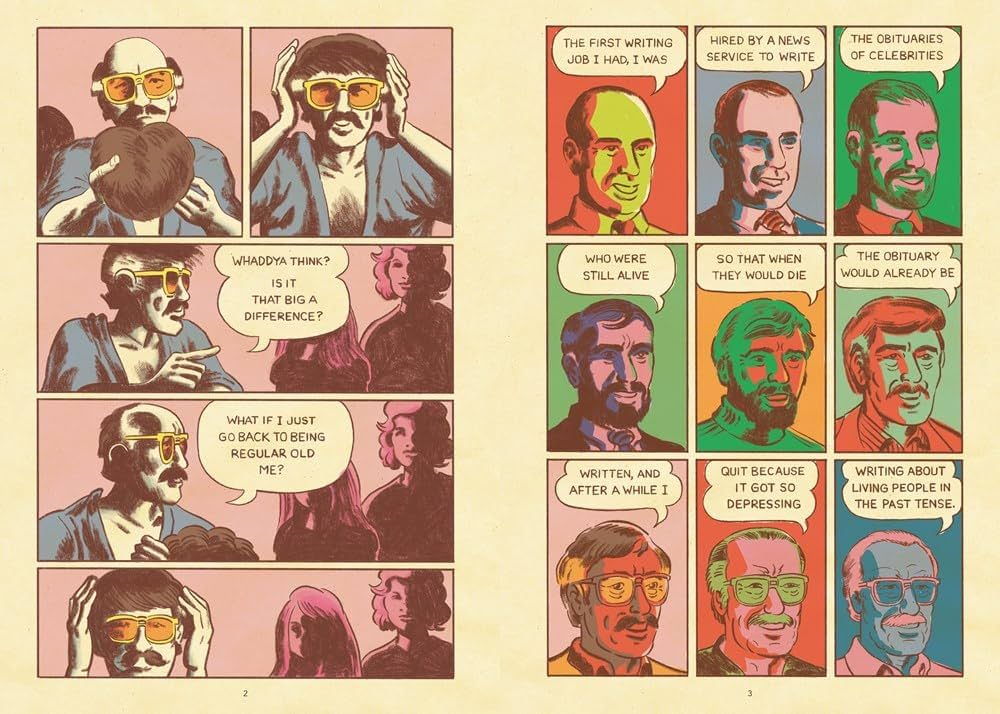
Then there is Stan Lee: I Am Stan: A Graphic Biography of the Legendary Stan Lee by Tom Scioli (Ten Speed Graphic), a trip through Lee’s life and hugely successful career from the author of the recent graphic novel Jack Kirby: The Epic Life of the King of Comics. Stan is a warts-and-all bio; Scioli is unafraid to explore Lee’s creativity as well as his failings. Kids will be wowed by the comprehensiveness of DK’s Lego Marvel Visual Dictionary; it features oodles of LEGO Marvel sets from 2012 to the present. There is an illuminating behind-the-scenes conversation featuring LEGO designers, and, yes, a free bonus mini-figure (of Iron Man) is included.
Readers a few years older may want to check out Captain Marvel: Shadow Code (Titan Books), an original novel by Gilly Segal that features some surprise MCU cameos. Other novels of note for sci-fi/comic book/etc. fans are Robotech — The Macross Saga: Battlecry (Titan Books) by Jack McKinney, which collects three Robotech Defense Force stories into one volume, and Stranger Things: Flight of Icarus (Random House Worlds) by Caitlin Schneiderhan. Icarus is focused on Hawkins, Indiana’s favorite metalhead, Eddie Munson, in the years before season four of the series.
In the world of Dungeons & Dragons, two recent noteworthy releases are Lore & Legends: A Visual Celebration of the Fifth Edition of the World’s Greatest Roleplaying Game (Ten Speed Press) by Kyle Newman, Jon Peterson, Michael Witwer, and Sam Witwer, and Slaying the Dragon: A Secret History of Dungeons & Dragons (St. Martin’s Press) by Ben Riggs. The latter is an incisive look at TSR, the company that produced D&D, and its road to ruin. (That is, before being saved by the rival company behind Magic: The Gathering.) The former offers a history of the game’s fifth edition and highlights its impact on pop culture. Plus, it features a foreword by Tom Morello. The ongoing “Young Adventurer’s Guide” series from Ten Speed Press features two new releases, Characters & Quests and Places & Portals. And for the D&D fan who has *everything*, Dungeons & Dragons: Stickerology (Clarkson Potter) and Heroes’ Feast Flavors of the Multiverse: An Official D&D Cookbook (Ten Speed Press) are sure to be diverting. (Similarly, The Witcher Official Cookbook: Provisions, Fare, and Culinary Tales From Travels Across the Continent by Anita Sarna and Karolina Krupecka will delight the Cavill-ite in your life.)
New to Blu-ray and 4K
One of my most memorable moviegoing experiences in 2023 was seeing Barbie on its opening day with my wife and kids; my daughter was practically levitating, Dua Lipa-style, with anticipation, and emerged from the cinema very pleased. So, picking up Barbie (Warner Bros. Home Entertainment) on 4K was a must. The film looks stunning, and the features shed some light on director Greta Gerwig’s bold approach. (For kids who adored the film, I would also recommend seeking out The Story of Barbie and the Woman Who Created Her, from Random House and written by Cindy Eagan. Beautifully illustrated by Amy June Bates, this picture book is a sweet tribute to Ruth Handler.)
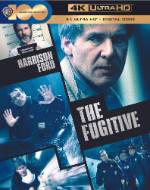
Also from Warner Bros. Home Entertainment is a thirtieth anniversary 4K release of Andrew Davis’ The Fugitive. It remains one of the greatest action films––maybe greatest films, period––of the ’90s. It features an intro from Davis and Harrison Ford, along with a commentary track by Davis and Oscar winner Tommy Lee Jones. Be sure to check out Davis’ on a recent episode of The B-Side too!
Making the jump from to 4K is Videodrome, a Criterion Collection release that I’ve previously owned on DVD and Blu-ray. One should never turn down the opportunity to re-experience David Cronenberg’s 1983 masterpiece of ick. There are many standout bonuses here, most notably Cronenberg’s 2000 short, Camera, and the essays from Gary Indiana, Tim Lucas, and Carrie Rickey.
And two of the final Criterion Collection releases of 2023 are films we have been coveting for years: Peter Bogdanovich’s The Last Picture Show and Martin Scorsese’s Mean Streets. The former is the second Bogdanovich release from Criterion this year, following Targets. Previously included in the America Lost and Found: The BBS Story box set, The Last Picture Show remains its director’s finest work, a somber, black-and-white tragedy of American despair. The 2023 release is packed with bonuses, the most enticing being the inclusion of Bogdanovich’s 1990 sequel, Texasville, in both the original theatrical version and a black-and-white version of the director’s cut. Meanwhile, Scorsese’s Mean Streets is part of the Criterion Collection for the first time, and this is cause for celebration. The director’s first great film is as gritty, grimy, and powerful as ever. And in 4K, it looks even more glorious. Among the features is a 2011 conversation between Scorsese and Richard Linklater and an excerpt from a documentary on Mean Streets co-writer Mardik Martin.
Michael Powell’s swoon-worthy The Edge of the World, now available on Blu-ray thanks to Kino Lorber, is a “Martin Scorsese Presents” release. Set off the coast of Scotland, Powell’s 1937 film is accompanied by several fine features, including audio commentary from Powel’’s widow (and Scorsese’s longtime editor) Thelma Schoonmaker; 1979 documentary Return to the Edge of the World; Powell’s 1941 short An Airman’s Letter to his Mother; and home movies narrated by Schoonmaker.
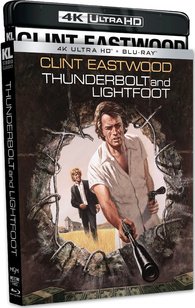
The first feature from another late major filmmaker, Michael Cimino, is another new addition to the Kino Lorber library. Thunderbolt and Lightfoot is easily Cimino’s loosest, funniest film, with strong performances from Clint Eastwood and Jeff Bridges. The 4K release includes audio commentary from the always insightful Nick Pinkerton. Also new in 4K from Kinor Lorber is the most fascinating entry from controversial director Brett Ratner, Red Dragon. This second adaptation of Thomas Harris’ first Hannibal Lecter novel lacks the style (and rep) of Michael Mann’s Manhunter. However, it is very much worth watching as an alternate take on the material, one scripted by Ted Tally and featuring Anthony Hopkins back in the role that made him a household name. The release features commentary from Ratner and Tally, among other bonuses. And Kino Lorber’s DVD releases of Cohen Media Group’s 2021 documentary The Storms of Jeremy Thomas is also noteworthy. Thomas, of course, is the producer of films like The Last Emperor and Cronenberg’s Crash. This doc from Mark Cousins offers an intimate look at a figure who has helped so many cinema legends bring their work to life.
Lastly, the release of Kino Lorber Studio Classics’ François Truffaut Collection means I can finally toss my VHS tapes featuring Small Change, The Wild Child, The Green Room, and The Man Who Loved Women recorded off of TCM in the mid-nineties. All four films hold up remarkably well, but it is Small Change that stands out. Let us end on the words of our friend Roger Ebert on the moment in Small Change that made me gasp as a teenager: “[It] involves a 2-year-old child, a kitten, and an open window on the 10th floor. Truffaut milks this situation almost shamelessly before finally giving us the happiest of denouements. And he exhibits at the same time his mastery of film; the scene is timed and played to exist exactly at the border between comedy and tragedy, and from one moment to the next we don’t know how we should feel. He’s got the audience in his hand.”
